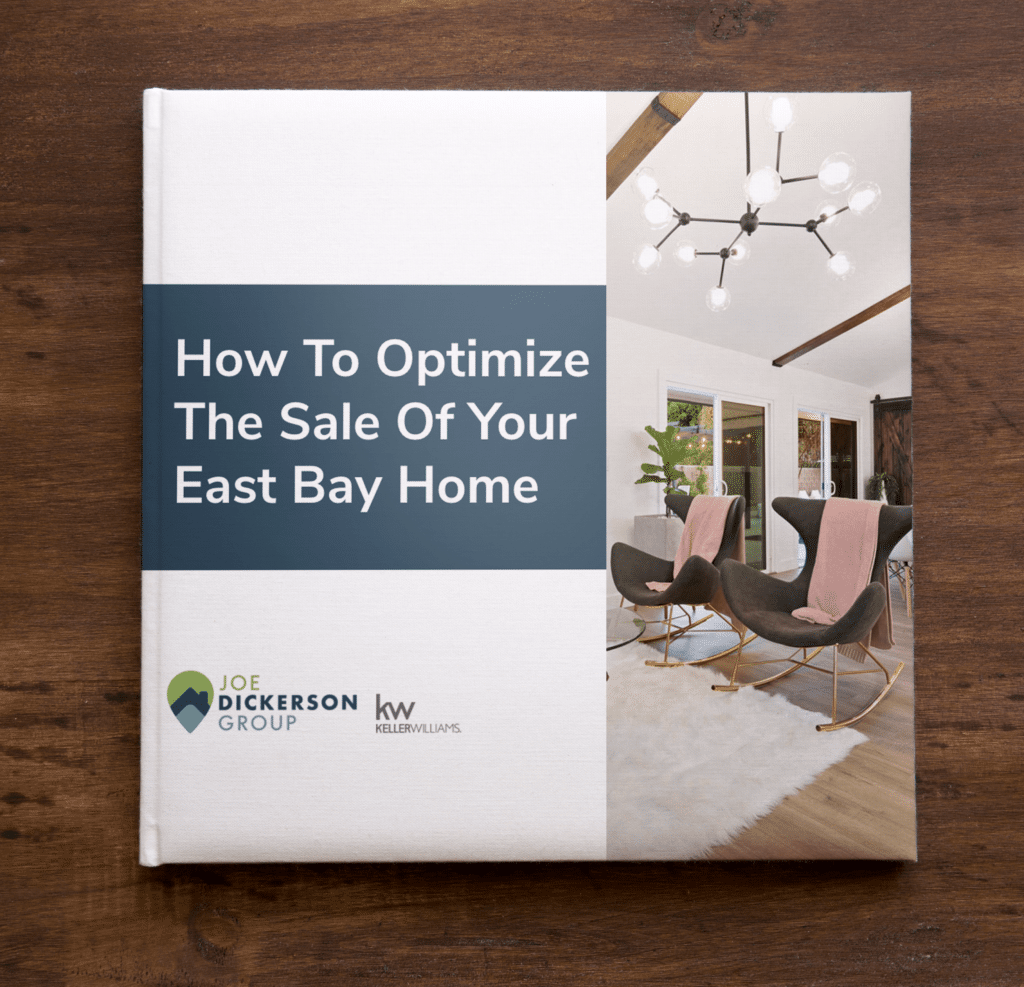Are you a millennial? Hey, me too! Do you know the number one reason that so many millennials aren’t getting into the housing market in Oakland? Often, it’s all about that stubborn student loan debt. Grr, education! ::shakes fist::
In fact, a recent study by the Federal Reserve claims that the 12 million of us millennials in our 30s with student loan debt owe more than those in their 20s. ::shakes fist again::
The average student loan balance for the former sits at slightly more than $34,000 and most of us are, or were, grad students, according to U.S. News and World Report.
Your debt and your income and why they matter
The most common reason a borrower is turned down for a mortgage is because he or she has what is known as an unacceptable debt-to-income ratio (DTI). And, millennials are the largest group of would-be homebuyers who walk away from a pre-approval session with a big fat rejection.
Lenders naturally want to know that lending you the money to buy a home doesn’t expose them to risk. While there are many types of tests and statistics to help them figure this out, the DTI is the granddaddy of them all.
After you drop off your tax returns, pay stubs, bank statements, and all the other documents the underwriter wants to see, he or she will determine your DTI two ways: a so-called front-end and a back-end DTI.
The latter involves dividing the amount you pay for total recurring debt every month by your gross monthly income. To get a mortgage in the past, this figure would typically need to be no higher than 36 percent. I say “typically” because Fannie Mae would consider a DTI of 45 percent under certain circumstances (high credit scores and reserves, for instance).
To determine the front-end DTI ratio, which represents the percentage of your income you will have to put toward housing expenses, the lender will determine the total amount of your expected housing expenses and divide it by your gross monthly income (before-tax). Hopefully, the result will be no more than 28 percent.
But wait – that’s about to change
So, you used Fannie Mae’s online calculator and figured out that your DTI is 50 percent. Does that mean you should kiss your home-ownership dreams goodbye? Nope. Not any longer.
In early June of 2017, Fannie Mae announced that it will now accept a backend DTI of up to 50 percent for loan applications submitted after July 29th of this year.
Why the change? Are they crazy?
Remember the housing market crash? Of course you do. And if you haven’t see The Big Short, I highly recommend it. That Ryan Gosling though. Christian Bale and Steve Carrell aren’t bad either. ????
Anyway, I digress. In the aftermath of the crash, an interesting study was published that found that while most borrowers who defaulted on their loans because they were underwater on them and couldn’t make the payments, a small percentage of underwater borrowers simply “walked away” from their homes and their mortgages. These people became known as “strategic defaults,” and further study of them produced surprising results.
Strategic defaulters tended to have high credit scores, didn’t use credit often, and when they did, their balances were lower than the other group of underwater borrowers, and they rarely exceeded their credit limits. In other words, these folks were the quintessential ideal credit risk.
Fast forward to 2017 and a new Fannie Mae study finds that borrowers with a 50 percent DTI are much better credit risks than previously assumed. The study looked at more than 15 years of statistics and data from borrowers with back-end DTI ratios between 45 and 50 percent. Many of them had decent credit scores and the default rate was quite acceptable.
Steve Holden, Fannie Mae’s VP of single-family analytics said that they were seeing a lot of other factors, aside from a borrower’s DTI ratio, in the data that make this group of borrowers more attractive. These included the borrowers with hefty cash reserves (at least 12 months or more) or a willingness and ability to come in with a higher down payment. And many of these borrowers are millennials, just like us.
So, if you’ve been sitting at the home-buying station, feeling derailed by student loan debt and a less-than-ideal debt-to-income ratio, it’s time to buy your ticket and catch the train before interest rates become the next culprit that keeps you out of your dream home in Oakland.
Remember, I’m never too busy for your questions, and I’ve got connections to great lenders, so call or text me anytime.
“



